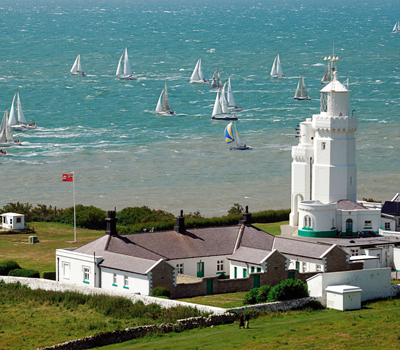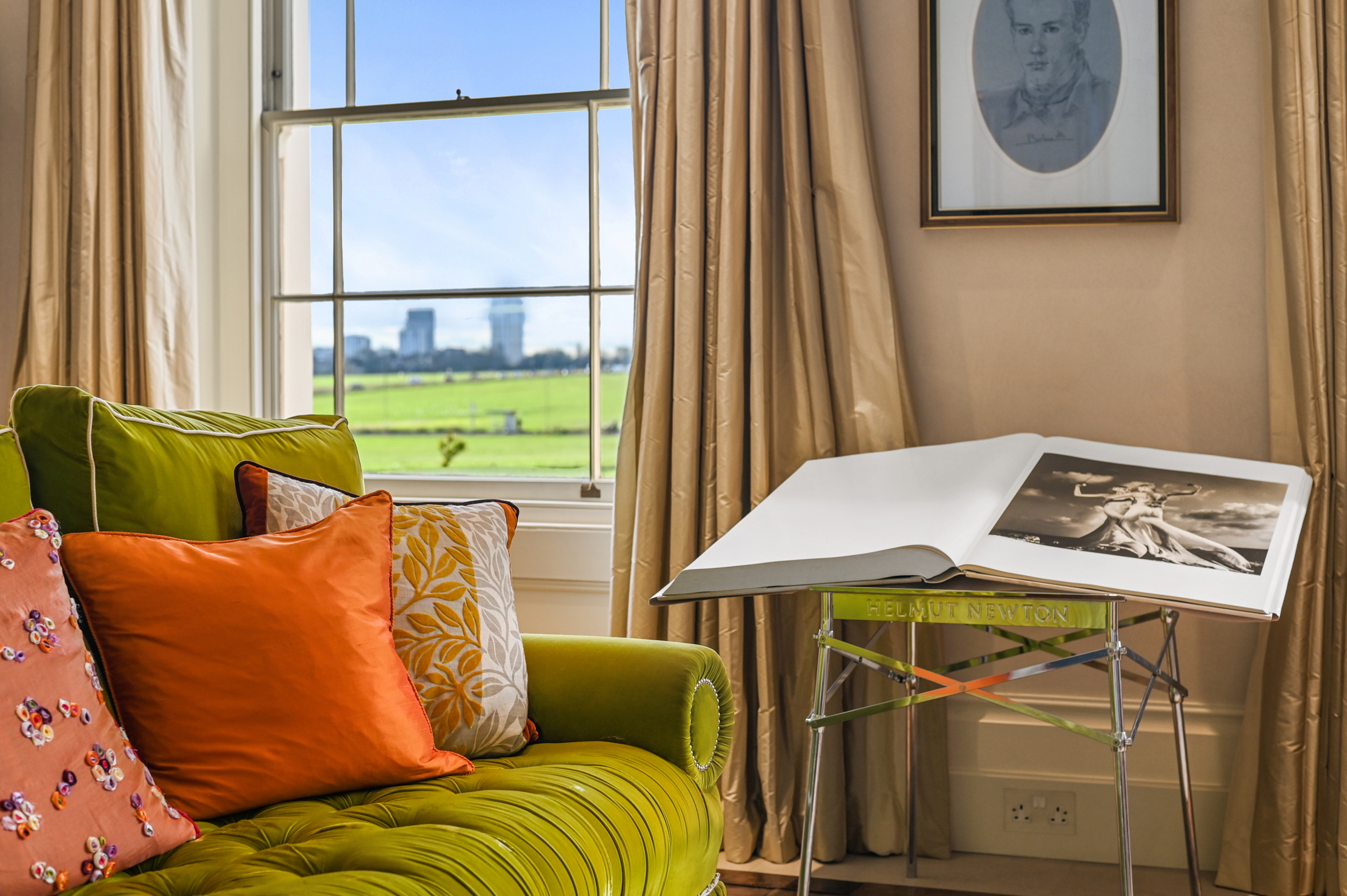Property on the Isle of Wight
Mary Wilson looks at property for sale on the Isle of Wight


Ever since Queen Victoria made her summer residence at Osborne House, the 23 miles by 13 miles Isle of Wight, just three miles off the south coast, has been a popular holiday destination. Tennyson chose to spend much of his tenure as Poet Laureate at his house on the Isle of Wight, Farringford. And the annual sailing regatta in Cowes has made it a magnet for the yachting community.
The island has its fair share of picturesque villages, grand houses and sandy beaches, and if you prefer to keep away from the touristy areas of Shanklin and Sandown, there are many quieter areas to explore and the occasional surprise such as Shanklin Chine, a wooded ravine you can clamber through from the old village to the beach.
As a second-home location, it ticks many boxes even for those who aren’t avid yachties. It’s very pretty, prices are lower than the mainland, there’s lots to do and it’s relatively easy to get to. The island is also very safe, with little serious crime. ‘There is still a good demand for second homes on the island, and people are prepared to pay to get the property they want,’ says Cathy Tutton, a leading property finder on the island. ‘Many of them will use the property as a second home now, with the idea of moving here full-time when they retire.’
According to Miss Tutton, most people want a view of the sea, and, as a result, coastal property prices are holding up well. ‘I also find that a good percentage want to fly in by helicopter, so any property with enough land to which you can fly in straight from the sea is in demand,’ she says.

For those without the wherewithal to jump into a helicopter, there are five routes across the Solent to the island passenger ferries, which take from 12 to 23 minutes, and slower car ferries taking from 35 to 55 minutes. On the whole, the ferry journey isn’t a problem to second-home owners. ‘For them, it’s just part of the adventure and a magical way to start the weekend or holiday,’ says Miss Tutton.
The most popular coastal locations are Yarmouth, Cowes, Ventnor, Bembridge and Seaview, where it’s possible to buy a small terraced house, without a sea view but close to it, for about £250,000. A detached four-bedroom house with a garden would cost from about £400,000. ‘A property overlooking the sea will cost 20% more, and if it has somewhere to moor a boat, you could put another 5% on the price,’ says Ken Grist of Kingston & Grist. He’s selling Little Brook, a four-bedroom house in 1.9 acres and within walking distance of the beach, for £999,950, and Apple Trees, a three-bedroom house just outside Yarmouth with sea views, for £495,000.
Most buyers come from London or the Home Counties, and with the current shortage of property, can face stiff competition. Charles Spence of Christopher Scott says: ‘A four-bedroom Edwardian villa overlooking Seagrove Bay, a popular location near Seaview, recently went under offer for over the guide price of £825,000 because of interest from several London families. Although some people can’t bear the idea of ferry journeys, others like the feeling of escape once they’ve boarded, and I think many would prefer the short ferry crossing to sitting in a traffic jam on the A303.’
Sign up for the Country Life Newsletter
Exquisite houses, the beauty of Nature, and how to get the most from your life, straight to your inbox.
He’s selling Stockbridge Manor, in a rural location at Whitwell, with four bedrooms, a heated pool and 3.4 acres of paddocks, where you could land a helicopter, for £950,000. He’s also marketing Seacrest House, a detached four-bedroom 1850s house on the seafront at Ryde, for £675,000.
And Creasey Biles & King are selling Twyford House, a three-storey, 19th-century house on the outskirts of Ryde, with nine bedrooms, gym and two-bedroom flat, for £750,000, and Saye House, a modern four-bedroom house in Seagrove Bay, five minutes from the beach, for £495,000.
Country Life is unlike any other magazine: the only glossy weekly on the newsstand and the only magazine that has been guest-edited by HRH The King not once, but twice. It is a celebration of modern rural life and all its diverse joys and pleasures — that was first published in Queen Victoria's Diamond Jubilee year. Our eclectic mixture of witty and informative content — from the most up-to-date property news and commentary and a coveted glimpse inside some of the UK's best houses and gardens, to gardening, the arts and interior design, written by experts in their field — still cannot be found in print or online, anywhere else.
-
 New balls please: Eddie Redmayne, Anna Wintour and Laura Bailey on the sensory pleasures of playing tennis
New balls please: Eddie Redmayne, Anna Wintour and Laura Bailey on the sensory pleasures of playing tennisLittle beats the popping sound and rubbery smell of a new tube of tennis balls — even if you're a leading Hollywood actor.
By Deborah Nicholls-Lee
-
 A rare opportunity to own a family home on Vanbrugh Terrace, one of London's finest streets
A rare opportunity to own a family home on Vanbrugh Terrace, one of London's finest streetsThis six-bedroom Victorian home sits right on the start line of the London Marathon, with easy access to Blackheath and Greenwich Park.
By James Fisher